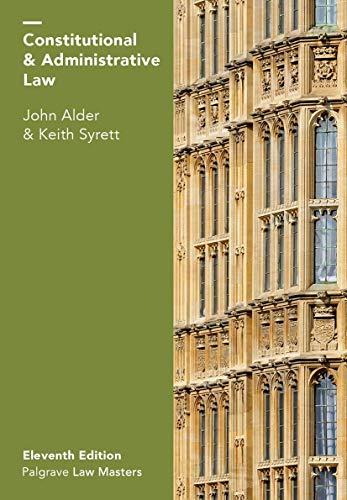Question
Explain how the Justice Model and its steps (1) Explain the distribution of resources by determining who is getting the benefits and burdens in the
Explain how the Justice Model and its steps (1) Explain the distribution of resources by determining who is getting the benefits and burdens in the situation. (2) Once the distribution is known, establish which criterion for distribution would be the fairest and justify why it would be the fairest in the scenario. (3) Pick a framework to choose what is fair if disagreement persists over which outcome is fair or over which criterion for inequality is best in the situation, then choose a framework to decide what is fair. (4) Make an ethical decision and decide whether an action will result in fair distribution and why. (5) Watch the results of the decision and repeat the process all over again as changes occur fit in the scenario (give examples of laws or policies that apply to the scenario):
In the United States, on average guns kill almost 30,000 people and cause 60,000 injuries each year and gun violence remains its leading cause of premature death.
In your readings, you learned of controversial policies and strategies to address gun violence in the U.S. For example, many cities have attempted a community approach of "gun buy-back" programs. Hartford, CT, reported that even though 464 firearms were collected over a four-year period, only a small percentage of firearms were collected compared to the number of firearms sold.
It has become evident that there needs to be a comprehensive public health approach to address this growing crisis. The issue of gun violence is even more exacerbated, and complex given the increase in acts of terrorism. Federal, state, and local governments are restricted from banning or unreasonably limiting the right of Americans to own guns by the Second Amendment to the U.S. Constitution. The courts, however, have long held that this right is not absolute but subject to reasonable time, place, and manner restrictions. The issue then becomes what constitutes "reasonable" restrictions compatible with Constitutional protections and otherwise acceptable to the American public, federal and state legislatures, and, most importantly, the reviewing courts. This causes a tension in the protection of individual gun ownership rights and societal rights to ensure public health. We see this tension played out in our communities where there are both "zero tolerance" restrictions for firearms and weapons in public schools, in public buildings, and on airplanes while at the same time tolerance for gun possession at home and, in some areas, authorized open carry, including public university school campuses.
As noted in your readings, there appears to be a change in attitude towards increased gun control. For example, to reduce violence and save lives, New York City had adopted a "Stop, Question, and Frisk" policy that authorized police officers to stop and question a pedestrian and frisk for weapons and other contraband. However, on August 12, 2013, a U.S. District Court Judge ruled that the stop and frisk practice (not the law itself) was unconstitutional and directed NYC to adopt a written policy to reduce impermissible discriminatory police officer discretion. This illustrates the "checks and balances" of our political and legal systems and the inherent difficulty of trying to impose restrictions on a fundamental Constitutional right. So, while Second Amendment ownership rights are subject to "reasonable" time, place, and manner restrictions, the issues become what is reasonable and who decides? This is your task for this assignment.
Step by Step Solution
There are 3 Steps involved in it
Step: 1

Get Instant Access to Expert-Tailored Solutions
See step-by-step solutions with expert insights and AI powered tools for academic success
Step: 2

Step: 3

Ace Your Homework with AI
Get the answers you need in no time with our AI-driven, step-by-step assistance
Get Started


